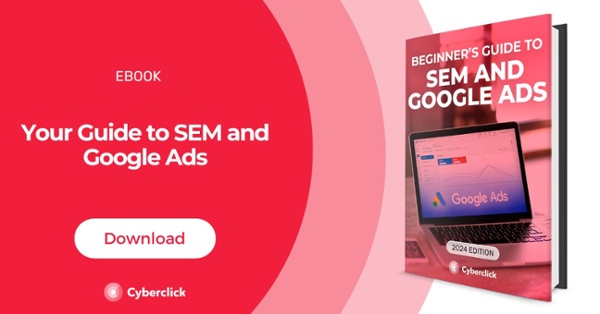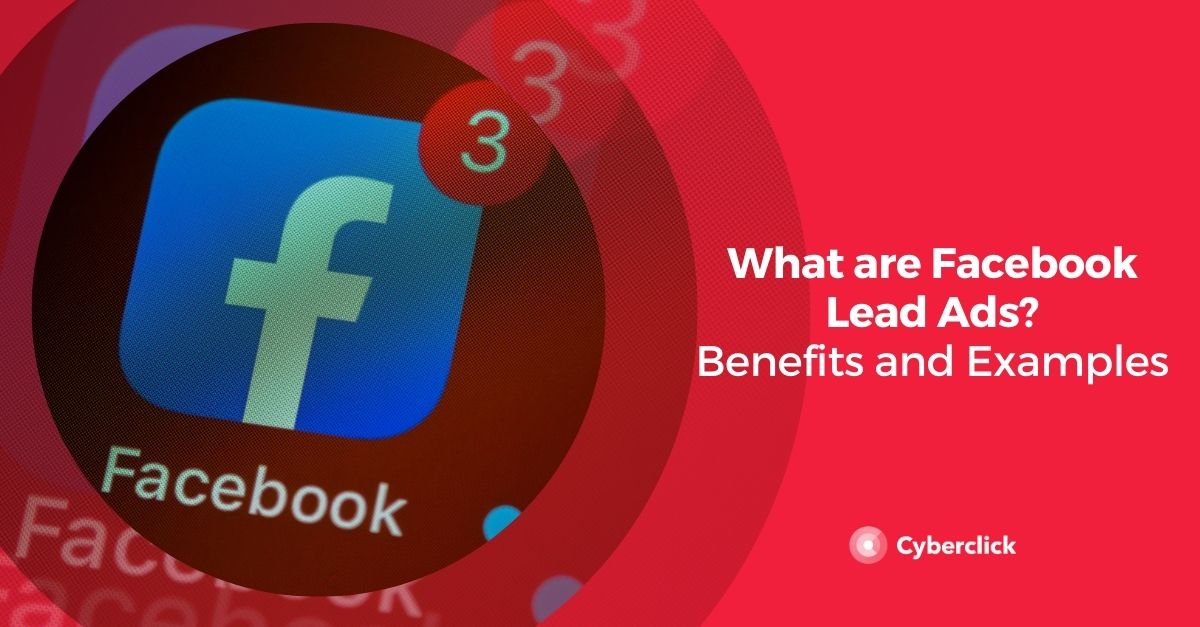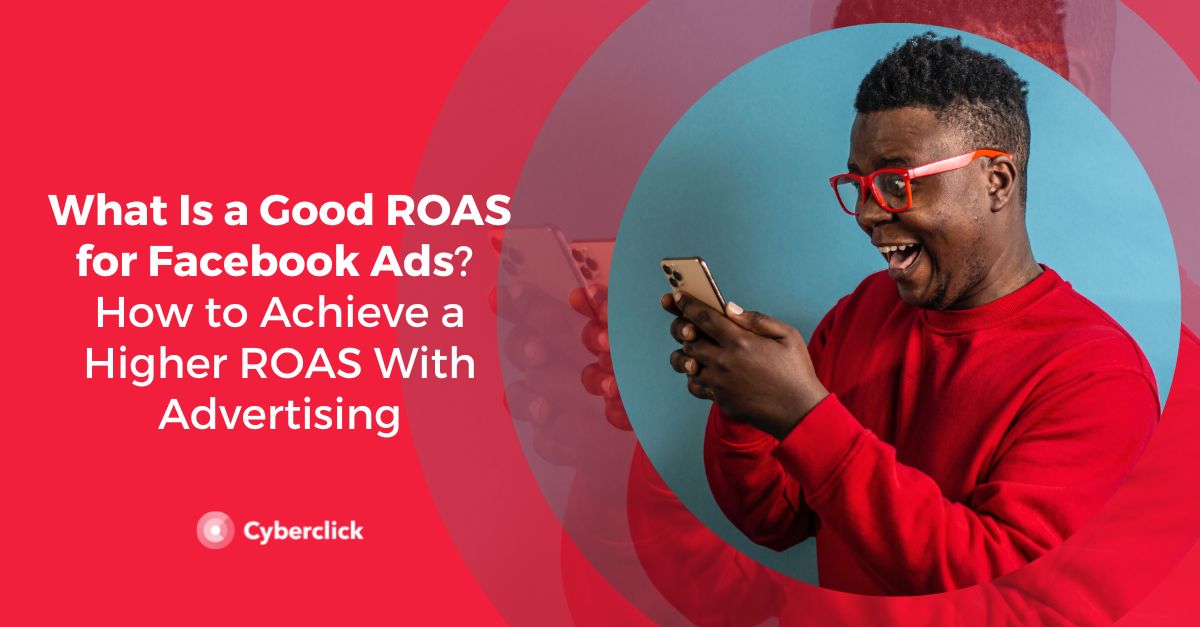Before we get anyone’s hopes up, let us start off by making one thing very clear: there is no magic number that works for every campaign, no one-size-fits-all answer to this very common question. That being said, understanding the typical timelines and factors that influence campaigns can help set realistic expectations and guide your digital marketing strategies. While anywhere from 1 to 4 weeks is a widely agreed upon time frame, the truth is that it depends on the configuration of your campaign. Important components such as the campaign budget, objective, audience and market, among others, will strongly influence the time it takes for your campaign to optimize and start functioning efficiently.

The key to an optimized campaign is similar to that of achieving statistical significance: having enough volume of results. Ad platform algorithms go through a continuous learning process based on previous knowledge and audience insights, as well as on each campaign’s individual performance. In other words, each campaign goes through its own learning phase, collecting information as it goes and learning from its performance. For a campaign to be effective, it needs a substantial volume of results from which solid conclusions and insights can be drawn.
One of the big questions is, what can be considered “enough results”? Meta Ads, for example, tells us that to exit a learning phase, a campaign must have generated at least 50 conversion events (results) in a 7 day period. Although each platform works differently, this can be a useful rule-of-thumb for other platforms whose algorithms tend to work in a similar fashion. However, several factors play a role in generating this volume.
What Factors Play a Role in Generating “Enough Results”?
Campaign Goals
The main goal of your campaign matters significantly, as this is what will define the conversion event or results metric.
- Consideration campaigns are normally attributed to the middle of the funnel. This generally involves campaign objectives such as generating traffic, website clicks, video views, or user engagement. It can also include slightly more conversion-oriented actions such as app installs or in-platform lead generation. They are designed to nurture interest, educate potential customers, and ultimately guide them toward making a decision. These actions generally require less effort or commitment from the user, making them easier to achieve. Therefore, they tend to have lower costs per result (or CPAs, Cost Per Action). This means that, as a general rule and all other things equal, consideration campaigns will most likely be quicker to reach stability than conversion campaigns.
- Conversion campaigns are related to bottom-of-the-funnel actions and their most common goals are sales and website conversions (actions within the advertiser's website). These ads are more direct, with strong calls-to-action (CTAs) that encourage the audience to convert. They require a much higher level of commitment from the user, and therefore normally have higher CPAs. This means that you will normally need a larger budget and/or more time to reach a similar level of stability and optimization.
Channel
The effectiveness of your campaign also depends heavily on the channel it's active on. As a general rule, social advertising campaigns can often optimize relatively quickly (with platforms like Meta Ads even notifying you when a campaign has passed its learning phase). Conversely, SEM or Google Ads campaigns typically require longer-term strategies and tend to have a slower learning curve. Google tells us that campaigns should run for at least 4 weeks in order to improve efficiency.
Budget
The financial resources a campaign has is another fundamental component. Under the same circumstances, a campaign with a budget of $10 per day will never generate as many results as a campaign that can invest $100 per day. This means that, all other things being equal, the smaller your budget, the longer your campaign will take to optimize. Campaigns will need to have enough resources to generate the volume of results they need to analyze. For instance, Meta recommends allocating sufficient budget to your campaign to achieve a minimum of 50 conversions per week.
Audience
The more familiar your target audience is with your brand (nearer to the bottom of the marketing funnel), the higher the likelihood of engagement. Consequently, your cost per acquisition (CPA) will decrease, and optimization will occur more rapidly. Conversely, when targeting less familiar audiences (higher up in the funnel), conversion becomes more challenging and costly.
It's important to be cautious about the size of your audience. If your audience is too small, such as a very limited remarketing audience, it may struggle to reach the required volume. Additionally, it could risk becoming oversaturated before achieving stability.
Market
The market where your campaigns operate greatly impacts your budget. Different markets have different costs per impressions (CPMs), which can vary significantly based on saturation and competition levels. Higher competition means it's tougher to capture user attention and this leads to increased expenses in winning platform auctions. Essentially, the more saturated and costly the market, the more budget is required to attain optimal performance levels
To summarize, several factors influence the time needed to optimize your consideration or conversion campaigns. Each combination of these factors yields a unique outcome, emphasizing the importance of patience, thorough performance review, and attention to platform insights. Through repeated evaluation and the establishment of a brand framework, you'll gain a sense of the typical optimization timeline for your brand, though it can vary depending on campaign characteristics.
Graduada en Administración de Empresas en Lisboa y un posgrado en Gestión de Productos, Chantal se ha especializado en la Publicidad en Redes Sociales. En Cyberclick lleva la gestión de cuentas y conceptualización de estrategias digitales.
Graduated with a Degree in Business Management in Lisbon and a Postgraduate degree in Product Management. Specialist in Account Management and Digital Marketing strategies, with special focus on Social Ads channel.



.jpg)


Leave your comment and join the conversation